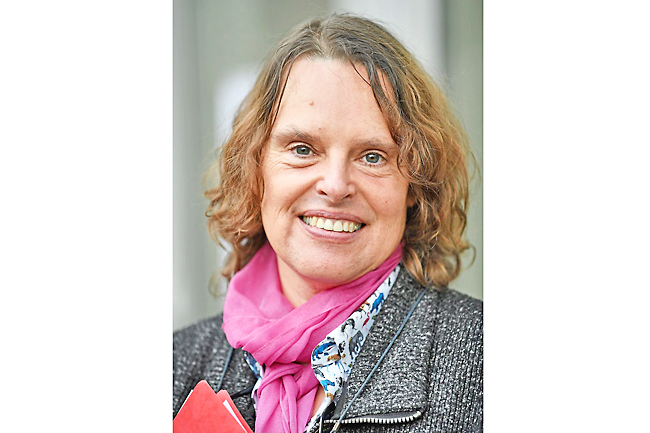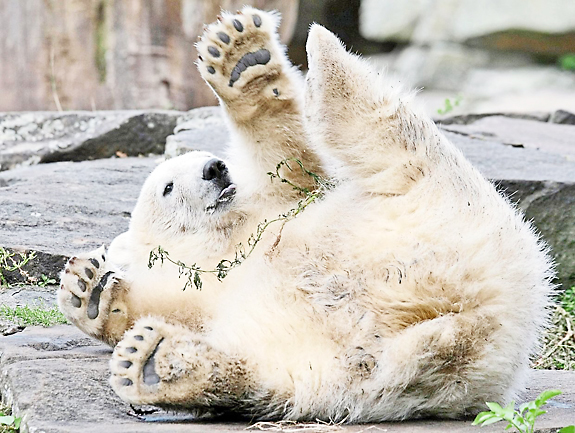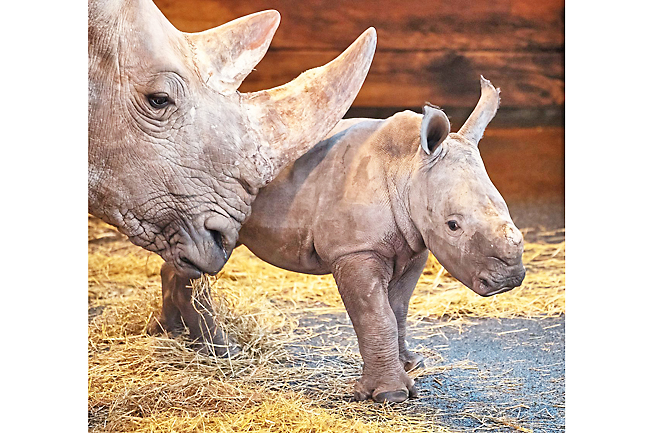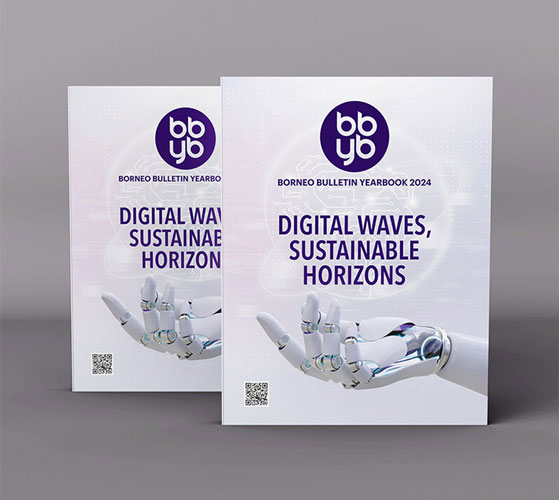ANN/THE STAR – Two years ago, everyone in the city of Erfurt was thrilled when rhinoceros Marcita gave birth to a little bull.
The zoo was particularly excited and set up a poll so the public could vote on a name for Marcita’s second cub.
Two years on, Marcita was expecting again but the rhino cow and little bull named Tayo were unable to welcome the newcomer as both suddenly died within two days.
It was not clear why the two rhinos died. Their deaths came as a blow to the staff at the zoo as well as an international breeding programme they were working with.
Director Sabine Merz took up the top job at Erfurt zoo at a time when there hadn’t been any offspring for seven years.
Merz, a trained veterinarian, said her staff introduced a slew of measures but things ended in deep sadness.
Erfurt Zoo is part of the European Association of Zoos and Aquaria (EAZA) and also the European Conservation Breeding Programme (EEP) that includes rhino breeding.



The species prioritised by EAZA are ones which the zoo community believes have “a role, an importance that goes beyond zoos”, said Achim Johann, who heads the NaturZoo in Rheine, western Germany.
The association also seeks to create a reserve population beyond those roaming wild, though the zoo director said no animals should ever have to be captured to be put in a zoo these days.
Johann started a breeding programme for Ethiopian blood-breasted baboons 35 years ago, at a time when there were only 55 of the animals, housed in six different zoos. That population has since grown to 500 throughout Europe, with 100 of the baboons living in Rheine.
That makes the zoo director proud, pointing out that these animals haven’t been removed from their habitats for a zoo since 1972.
But concerns are growing about the rate of animal extinctions around the world. Do zoos do enough to contribute to research and species conservation to justify the loss of freedom for animals?
Critics say no, pointing out that many more animals are brought into zoos than are released, while species are still becoming extinct.
“Zoos are always boasting about their supposed contribution to the protection of species – but all that the breeding programmes mainly do is produce supplies for their exhibitions,” said Yvonne Wurz, who works for animal protection society Peta.
According to Wurz, what zoos care about are cute little animals who bring in plenty of visitors.
“We really don’t breed animals here just to attract visitors,” said Johann. “What’s wrong with people taking pleasure in young animals?” he asked.
He said animals and their offspring play an important role in the education that zoos provide.
The Rheine kangaroos, for example, are an ongoing topic at the zoo school, Johann said.
Those real-life experiences at a zoo mean children can see how animals interact with each other and what is involved in the raising of a young animal.
But Wurz argues that young people can also head down to the local forest and build an insect hotel or take a stroll at night to see bats.
Exotic animals need not be held in captivity to generate empathy and understanding, she said.
Meanwhile, marine biologist and animal welfare activist Robert Marc Lehmann is also trying to persuade people that taking children to zoos gives them the wrong idea entirely.
Lehmann’s view is that children wind up knowing less rather than more after visiting a zoo or aquarium.
Take sharks, he said, who are hunters but also creatures who maintain friendships.
“In the aquarium, the shark swims alone in circles in its tank”, which gives children an inaccurate notion of what sharks are like, the researcher said. Zoo director Johann agrees that the conditions animals are kept in matter enormously, to enable a maximum of natural social behaviour, for example.
A great deal has been learned in the past few years, he said. If, as in Rheine, a zoo can focus on a large herd and create a scenario “that comes very, very close to their situation in the wild, then this can be represented with a clear conscience”.
Meanwhile, those involved in developing breeding programmes have also learned their lessons, said head of Germany’s association of zoological gardens (VdZ) Volker Homes.
In the past, the disappearance of some species and populations was partly due to zoos, he said. Back in the 1950s to 1970s, zoos went out and caught mammals and birds, and when the animals died they went out and caught some more.
Now, he said, “we can largely take mammals and bird species out of zoo stocks”. Animal welfare activists remain unconvinced, saying polar bears, monkeys and other animals exhibit behavioural problems even when they are kept in “better” conditions.
Campaigners are demanding an end to breeding in zoos. They also want to see fewer zoos, or a complete rethink of the concept.
They suggest a focus on digital experiences, using VR goggles, rather than visitors having to see the animals live.


